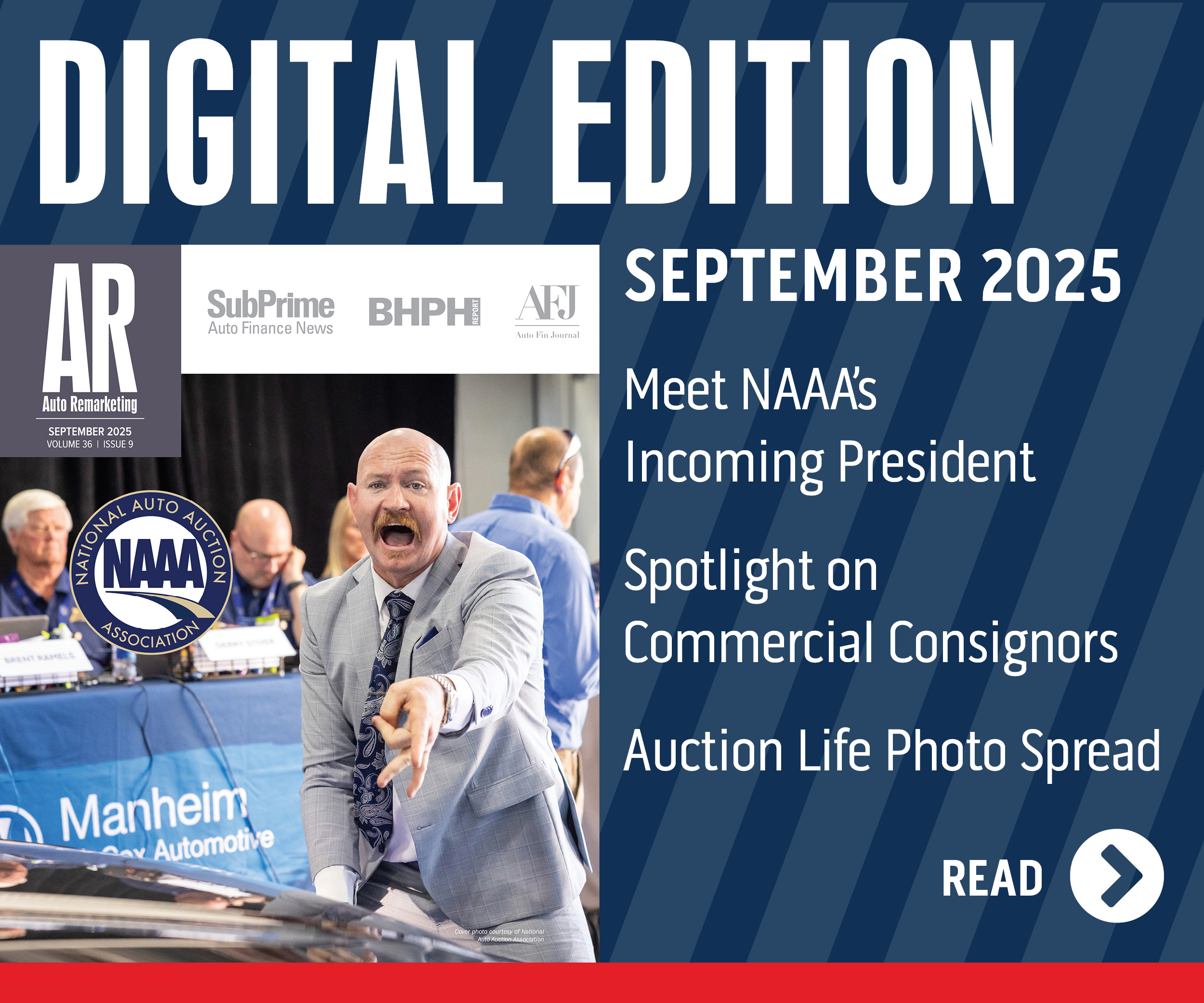Lithia Says It’s Not Ready to Join Used Stand-Alone Push

Two other publicly traded dealer groups are well on their way to rolling out special stand-alone stores that only sell used vehicles. Lithia Motors tried that retail concept about seven years ago, and company executives don’t appear eager to attempt it again.
When investment analysts asked Lithia leadership whether an approach like the respective concepts Sonic Automotive and Asbury Automotive Group unveiled, Lithia executive chairman Sid DeBoer said, “I think we learned our lesson on stand-alone for now.”
Lithia unveiled stores under the moniker L2 back in August 2007, but about a year later the company chose to wind down the initiative.
On Wednesday, Asbury announced it will be opening two stand-alone used-car stores in Florida this year that will operate under the “Q auto” brand. Asbury plans on opening the first store in June in Tampa, Fla., then a second store this fall in Jacksonville, Fla.
And Sonic again discussed its stand-alone strategy last week. Company executives still are reluctant to share specifics on how their forthcoming stand-alone used retail business differs from the CarMax model.
No matter what Asbury, Sonic or even CarMax might be doing to turn used metal, Lithia is confident in its plan to move steadily toward its goal of retailing 75 used vehicles per month per store. The company took a step toward that mark in the first quarter, averaging 55 sales per store, up from 50 turns a year earlier.
To hit that target, president and chief executive officer Bryan DeBoer thinks Lithia can reach it with how its current network of dealerships is structured.
“I really believe that in our size markets, we have so much space capacity within our existing lots and they sit in prime locations. Our issues with used-car growth is more about procurement, so it’s not about space or exposure to the consumer. We really believe that if we can find more used cars, we’ll put them on our existing lots with no additional capital expense,” DeBoer said.
“In terms of Lithia’s opportunity to grow used cars, we believe that’s in our existing footprint of stores,” he continued.
DeBoer elaborated how gradual improvement in used-vehicle supply — stemming from the model years since the recession when automakers manufactured more units — will help, too.
“That’s why we’re starting to see these increases in certified at a higher rate than core and value auto, we’re starting to have some years come back that are more normal years at 14 million, 15 million SAAR where those are now used cars,” DeBoer said.
“As those cars push into what we would call core products in 3- to 8-year-old vehicles, now we’ve got more supply of those cars, which are the cars that really generate the profit and the trade-ins of value auto vehicles that generate that third generation,” he said. “So we’re pretty excited about that and we don’t think we need to change our existing footprint. We can offer those opportunities to our customers where we currently are.”
Sid DeBoer closed the topic with some arithmetic.
“If you do the math … if we had 100 stores and every store did 20 more used cars, that’s 2,000 a month more sales. It’s a lot of growth,” he said.
Acquisition Activities
During the conference call, Lithia recapped its store acquisitions and dealership openings since the beginning of the year. All of the additions are estimated to boost Lithia’s annual revenue by $230 million. The new-location rundown included:
— Island Honda in Kahului, Hawaii
— Stockton Volkswagen in Stockton, Calif.
— Honolulu GMC Buick Cadillac and Honolulu Volkswagen in Honolulu
— Access Ford Lincoln in Corpus Christi, Texas
— Lithia Chrysler Jeep Dodge Ram of Wasilla in Wasilla, Alaska
Only one of those new additions wasn’t located near the Pacific Ocean. Analysts again wondered if Lithia ever considers venturing east of the Mississippi River? Bryan DeBoer responded by saying the company has to do quite a bit of analysis when considering acquisitions in an Eastern market.
“Our prerogative would be to fill in areas that we already have management staff and we don’t have to spread our wings quite as far,” he said. “We don’t have anything active really in the East at the current time.
“However, we still believe that there is going to be an opportunity to be able to buy a group that comes with some people,” DeBoer continued. “That’s how we’ve always been discussing it the last few years. We have to find a group that is much like we were, that has the ability to grow people and really just needs the capital injection to be able to expand their footprint. And so far, it hasn't quite come to be, but we are still actively looking and I think we'll still be able to find something in the future.
“In the interim, if things come up in the West, it probably means the (return on equity) rates were much higher than what we’re still seeing in the Eastern markets,” DeBoer went on to say.


